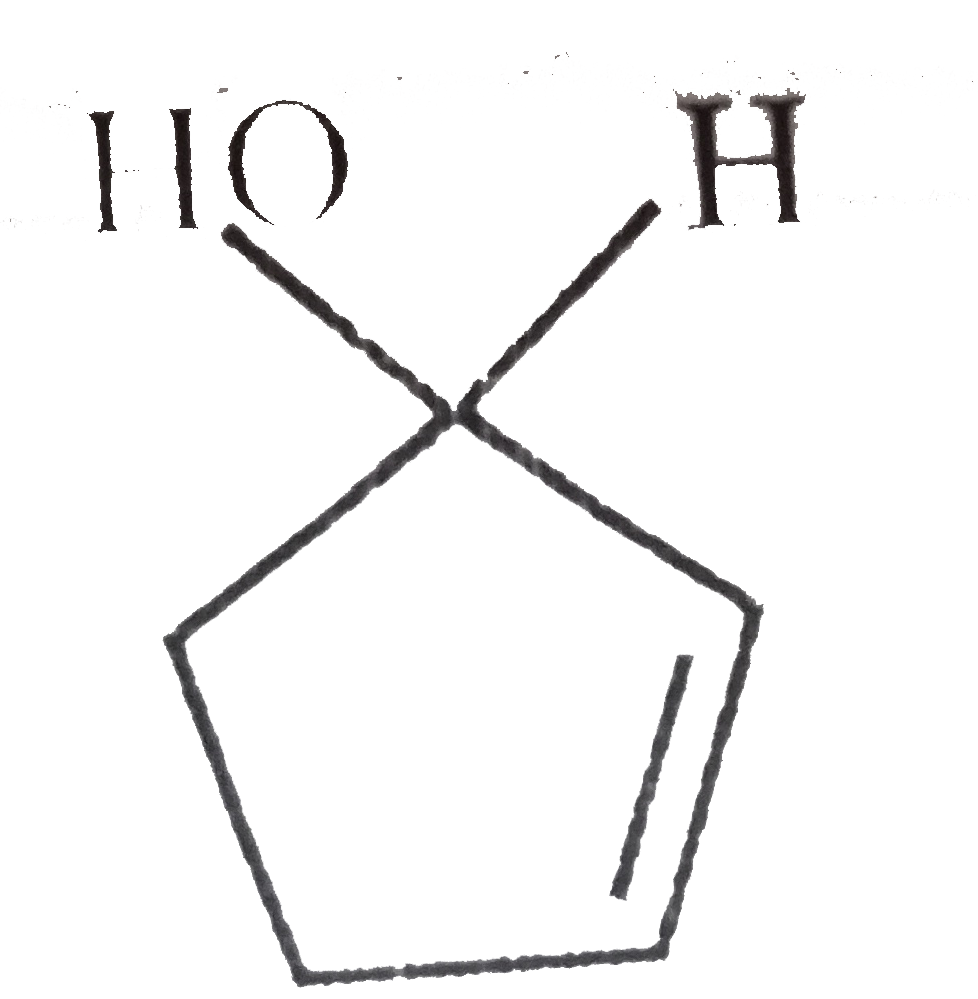The hydrolysis of optically active 2-bromobutane with aqueous NaOH result in the formation of :
A
(+) butan -2-ol
B
(−) butan -2-ol
C
(±) butan -1-ol
D
(±) butan -2-ol
Video Solution
Text Solution
The correct Answer is:D
2-bromobutane gives racemic mixture of (±) butan-2-ol.
|
Topper's Solved these Questions
- ALKYL HALIDEBOOK - MHTCET PREVIOUS YEAR PAPERS AND PRACTICE PAPERSCHAPTER - ALKYL HALIDEEXERCISE - PRACTICE EXERCISE (Exercise 2 (MISCELLANEOUS PROBLEMS))
70 Videos
- ALKYL HALIDEBOOK - MHTCET PREVIOUS YEAR PAPERS AND PRACTICE PAPERSCHAPTER - ALKYL HALIDEEXERCISE - MHT CET Corner
25 Videos
- ALKYL HALIDEBOOK - MHTCET PREVIOUS YEAR PAPERS AND PRACTICE PAPERSCHAPTER - ALKYL HALIDEEXERCISE - MHT CET Corner
25 Videos
- ALKANESBOOK - MHTCET PREVIOUS YEAR PAPERS AND PRACTICE PAPERSCHAPTER - ALKANESEXERCISE - EXERCISE 2
20 Videos
- BASIC PRINCIPLES AND TECHNIQUES IN ORGANIC CHEMISTRYBOOK - MHTCET PREVIOUS YEAR PAPERS AND PRACTICE PAPERSCHAPTER - BASIC PRINCIPLES AND TECHNIQUES IN ORGANIC CHEMISTRYEXERCISE - EXERCISE 2
20 Videos
Similar Questions
Knowledge Check
The hydrolysis of optically active 2-bromobutane with aqueous NaOH results in the formation of:
A(-)butane-2-olB(±)butane-2-olC(+)butane-2-olD(±)butane-1-olWhich is optically active :-
A B
B C
C D
D
an optically active compouns is
A1-bromobutane acidBβ bromobutyric acidC2-bromo-2-methylpropaneD1-bromo-2-methylpropane
Which is a optically active compound ?
View SolutionThe optically active molecule is:
View SolutionElimination of bromine from 2−bromobutane results in the formation of
View SolutionElimination of HBrfrom 2 bromobutane results in the formation of .
View SolutionElimination of bromine from 2-bromobutane results in hte formation of:
View Solution
